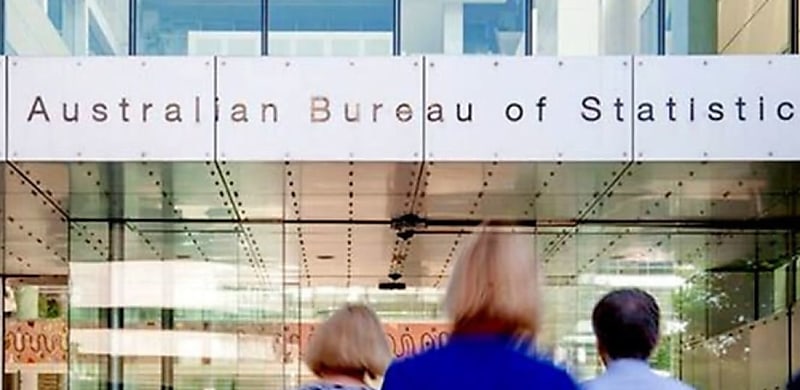
The latest building approvals data has shown a stark annual drop, falling to almost 12-year lows.
Figures released by the Australian Bureau of Statistics (ABS) for June have revealed a drop of 6.5 per cent in the total number of dwellings approved, down to 13,237 (seasonally adjusted).
This followed a rise in total dwelling approvals of 5.7 per cent in May and a quarterly increase of 0.5 per cent during the March quarter of 2024.
ABS head of construction statistics Daniel Rossi said: “Over the past 12 months, there have been a total of 162,892 dwellings approved, compared to 177,936 in the 12 months prior, representing an 8.5 per cent decrease, in original terms.
“This is the lowest number of dwellings approved on a financial year basis since 2011/12.
“Private sector houses fell by 0.5 per cent in June. The fall was mainly driven by New South Wales which fell 19.0 per cent. With the latest figure of 1,597 private houses approved, this is the lowest recorded figure for New South Wales since January 2013.”
According to the ABS, labour and material shortages continued to impact the housing sector as the average approval value for new houses rose by $19,444 year on year (June 2023–24).
Furthermore, the total value of residential building declined by 0.6 per cent to $7.61 billion, after a rise of 2.7 per cent in May, while the value of new residential building fell 2.3 per cent to $6.44 billion.
Reacting to the data, the Housing Industry Association’s (HIA) senior economist Tom Devitt said the performance over the last year is “a far cry” from the 240,000 new homes that the Albanese government wants to see built in each of the next five years.
“New home approvals are down by 18.7 per cent compared to 2021/22, just as the RBA started increasing interest rates,” Devitt said.
“Residential building approvals have declined by a further 7.8 per cent in 2023/24 compared to the previous financial year.
“There were 105,920 approvals for detached houses in the past 12 months to June 2024, down by 1.3 per cent on the previous year. This was the second-weakest year since 2012/13.”
Referring to the almost 12-year low, Devitt said this is “not coincidentally following the RBA’s last rate hiking cycle”.
“At that point, the RBA had already started dramatically cutting rates again,” Devitt said.
“There persists significant uncertainty around the RBA’s battle against inflation. It is up to other policymakers to reduce the cost of construction if Australia were to build sufficient new housing.
“This means easing of tax and regulatory burdens, bringing infrastructure and shovel-ready land to market faster, implementing genuine planning reform and facilitating higher density development in existing suburbs close to jobs and transport.”
 Login
Login










JOIN THE DISCUSSION
Adrian Suljanovic
AUTHOR
Adrian Suljanovic is a journalist on Momentum Media's mortgages titles: The Adviser and Mortgage Business.
Adrian has written for a range of titles under the Momentum Media umbrella such as IFA, Investor Daily and Lawyer’s Weekly before joining the mortgages team in 2022.
He graduated from the University of Wollongong in 2021 gaining a Bachelor of Communication & Media with a major in Digital & Social Media.
E-mail Adrian at: adrian.suljanovic@momentummedia.com.au